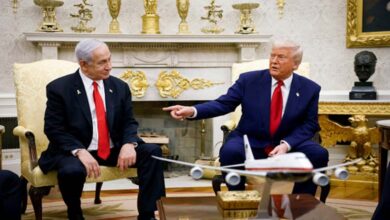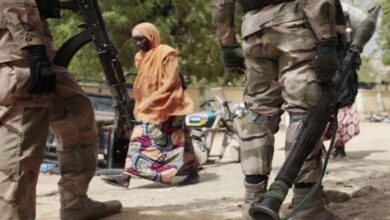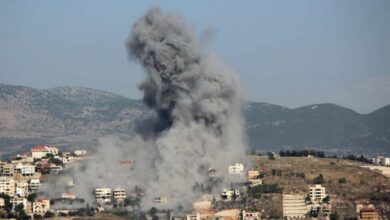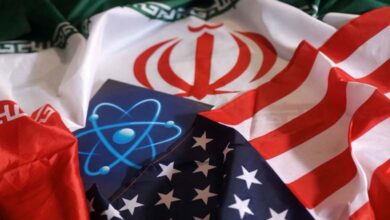An operational shift… UN warning on ISIS and Al-Qaeda cooperation in drone technologies
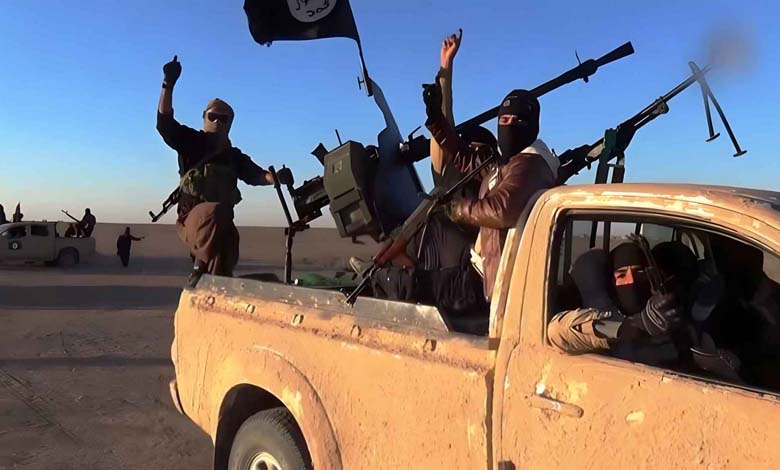
A United Nations report prepared by a group of Security Council experts has raised alarms about increasing cooperation between ISIS and Al-Qaeda in the field of “drone technologies.”
The document, submitted to the Security Council by the Analytical Support and Sanctions Monitoring Team on ISIS, Al-Qaeda, and their affiliates, examined the types of weapons currently in the hands of these terrorist groups.
-
Siege, hostages and threats: Al-Qaeda tightens its grip on Mali
-
Al-Qaeda Expands in West Africa: Togo Reports Attack Casualties
According to the report, “both ISIS and Al-Qaeda rely primarily on smuggled or stolen small arms and light weapons.”
Regarding arms transfers, several countries observed that “the movement of small arms and light weapons is carried out in coordination between terrorist groups and organized criminal networks.”
The report adds that “both groups are seeking to acquire expertise in drone technologies by recruiting specialists, amid the growing availability of drones, including armed models, in recent years.”
-
Using the Economy as a Tool of Infiltration… Al-Qaeda Expands in West Africa
-
The Demons’ Deal: Houthis Release Al-Qaeda Terrorists to Reinforce Their Frontlines
Concerning Al-Qaeda in Yemen, the report highlights that it has “significantly enhanced its technical capabilities, moving from the use of commercially available drones to models inspired by Houthi aircraft, although these have not yet been used in large-scale attacks.”
It further notes that “the group has established an internal drone manufacturing program involving specialized personnel and dedicated facilities. It continues to strengthen its military capabilities, having recently obtained drones and 12.7 mm anti-materiel rifles that were used in attacks in Abyan and Shabwa.”
-
How Ag Ghali Went from Singer to One of Al-Qaeda’s Most Dangerous Leaders in West Africa?
-
Al-Qaeda Acknowledges the Death of One of Its Leaders… Who Was He?
Several states reported that both ISIS and Al-Qaeda have been deploying drones in Africa, given the wide availability and relatively low cost of small models.
The report underscores that “the two organizations exchange technical expertise across their affiliated networks, enabling the global use of drones.”
In 2024, the Macina Liberation Front, affiliated with Jama’at Nusrat al-Islam wal-Muslimin (an Al-Qaeda branch in the Sahel), acquired drones for surveillance, command, and control, including the ability to drop grenades.
-
Rise in Al-Qaeda activities in the African Sahel… What factors led to this?
-
Neutralization of several leaders of ISIS and Al-Qaeda organizations in Syria… Details
In February, the group used drones equipped with cameras in Burkina Faso to drop improvised explosive devices made from plastic bottles onto military positions.
The report also observed that “DJI” drones have significantly improved the group’s intelligence and surveillance capabilities, particularly in reconnaissance and attacks on military bases. Unlike Al-Shabaab in Somalia and ISIS factions in the region, Jama’at Nusrat al-Islam wal-Muslimin employs drones equipped with GPS and image stabilization cameras.
UN Security Council experts emphasized that ISIS’s extensive use of advanced reconnaissance drones in West Africa has become “a crucial element in its operational development,” allowing it to shift from direct assaults on army strongholds to ambushes and harassment tactics.
-
“The Messenger of Bin Laden”… A U.S. Intelligence Agency Reveals the Secret Behind the Fall of the Al-Qaeda Leader
-
The Muslim Brotherhood Attempts to Conceal the Truth About Its Ties with Al-Qaeda… What Did They Do?
The report concluded that “drones equipped with tracking cameras represent the greatest threat due to their speed and potential use in suicide attacks.”
It further stated that this “shift in operational strategy could significantly alter conflict dynamics in favor of terrorist groups.”
Egyptian expert on extremist movements and international terrorism, Mounir Adib, explained the reasons and mechanisms behind the cooperation between ISIS and Al-Qaeda in armament, despite their rivalry.
-
Al-Qaeda Claims Responsibility for Deaths of Dozens of Wagner Members in Mali
-
New Partnership Between Iran and Al-Qaeda… What’s the Story?
He said: “In my assessment, the difference between the two groups is essentially rooted in competition, as each pursues a distinct project, even though ISIS originated from Al-Qaeda.”
Adib noted that while rivalry is undeniable, “there is also a unity of objectives, namely the establishment of an Islamic caliphate in its traditional conception.” However, the groups diverge in their visions of what that caliphate should look like.
-
Al-Qaeda attacks Transitional Council forces in Shabwa
-
Assassination of One of Al-Qaeda’s Most Dangerous Leaders in Yemen… What is the Brotherhood’s Connection?
On cooperation, he added: “It has become evident on several fronts, following direct clashes. The two groups have agreed on spheres of influence and both view the United States and regional states as their main adversaries. This makes security and military coordination, including in weapons production and development, a tangible possibility.”
He concluded by stressing that “fighters have moved between the two organizations, from Al-Qaeda to ISIS and vice versa. This circulation fosters cross-fertilization of military options, exchange of expertise, and both overt and covert cooperation.”


